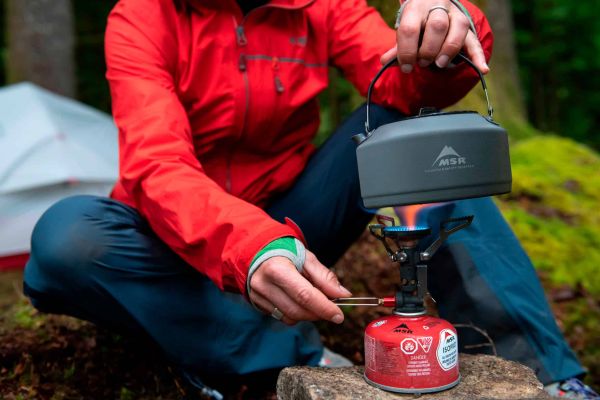Technology mapping: the start of each innovation project
- March 3, 2014
When you want to innovate, the first step should be to understand the technology landscape you are going to work in. Who else is playing the field? What are the latest trends? Do you know the strongpoints of a given technology? What are the threats? Who are the suitable partners and suppliers that you can connect to? “Know thy field” should be the credo of each innovator who is at the verge of a new development. Enter a technology mapping.
Sometime ago, Flanders’ PlasticVision, a consortium of Flemish plastic producers, noticed that many of their members had the desire to start using nanotechnology in their plastic products. However, their members, mostly SMEs, had no experience with nanotech. They were not sure what this new technology could mean to them. These companies lack the time and resources to thoroughly investigate a technology that is completely unknown to them.
By performing a joint technology mapping, Flanders’ PlasticVision and CREAX were able to give the plastic producers insight into the value of nanotechnology for their business. As a result of the technology mapping, a roadmap could be drawn for these companies.
The roadmap allows them to weigh up the potential value of nanotechnology for their given product portfolio. It gives them insight into what has already been done by their peers. A technology mapping can answer various questions that each innovator is confronted with at the beginning of an innovation trajectory.
1. Where is the technology already used?
Nanotechnology had typically already been used in more high tech domains such as electronics, optics or pharmaceutical drugs. However, by looking at the patent activity, it is clear that more and more plastic producers around the world were investigating the use of nanotech.
The effect was so strong, that the patenting activity of nanotech, which used to be negligible in the early days of nanotech, has now reached the same level of activity as in the cosmetics industry.
2. Why is the technology used?
When investigating patent and scientific literature, one can obtain an insight into the drivers for the use of nanotechnology in plastics. It turned out there were 5 major reasons why nanotech was being used.
- The first one is improvement of mechanical characteristics in a broad sense. This ranges from reinforcement, over scratch resistance, improved tensile strength & dimensional stability, to the creation of lightweight composites.
- The second class is linked to modification of electrical properties. Nanotech can improve electrical conductance or work as an anti-static.
- Thirdly, nanotech can improve thermal and optical properties. This comprises UV absorption, light scattering and improved thermal resistance.
- Fourthly, nanotech can change the chemical reactiveness of a material.
- Lastly, nanotech is used to manufacture ‘smart’ materials. Nanotech can make materials that are self-cleaning, self-sealing or self-healing.

3. Who are the suppliers and how can I use the technology?
By listing up the suppliers of nanotech that offered products adapted for the use in plastics, the SMEs were able to gain a better insight into which partners they could contact and which products were already on the market. They could also see how they have to tackle the use of nanotech. Will you choose to use a masterbatch? Or what about considering a nanocoating on the surface?
The plastic companies gained insight into what nanotech could mean for them. A technology that was previously exotic to them became more familiar. Based on these insights they could make the right decisions for their innovation strategy.
No matter which innovation, your first step should always be to understand the technologies involved. A technology mapping will help you to understand the playing field and guide you to the right decisions.
The full report on nanotech in plastics can be obtained from Flanders’ PlasticVision (Dutch) or Creax (English).










